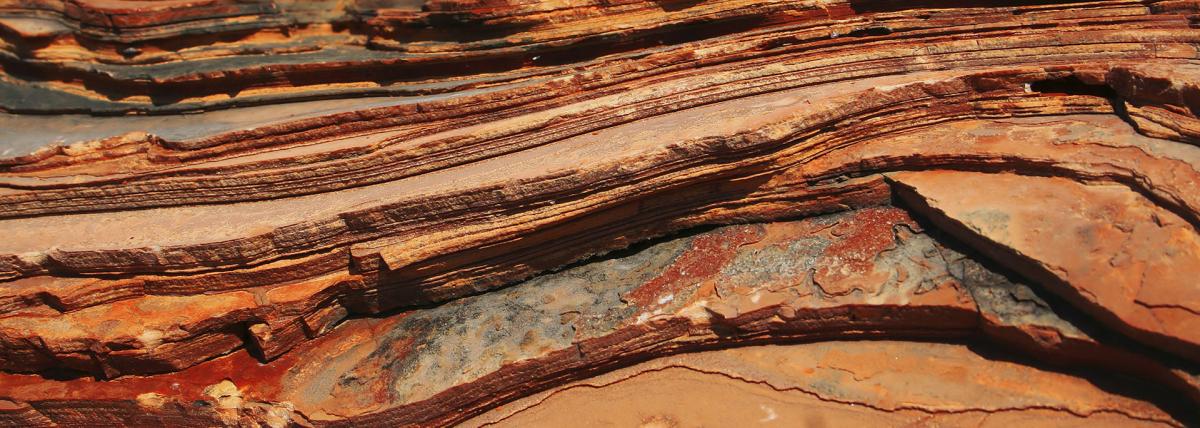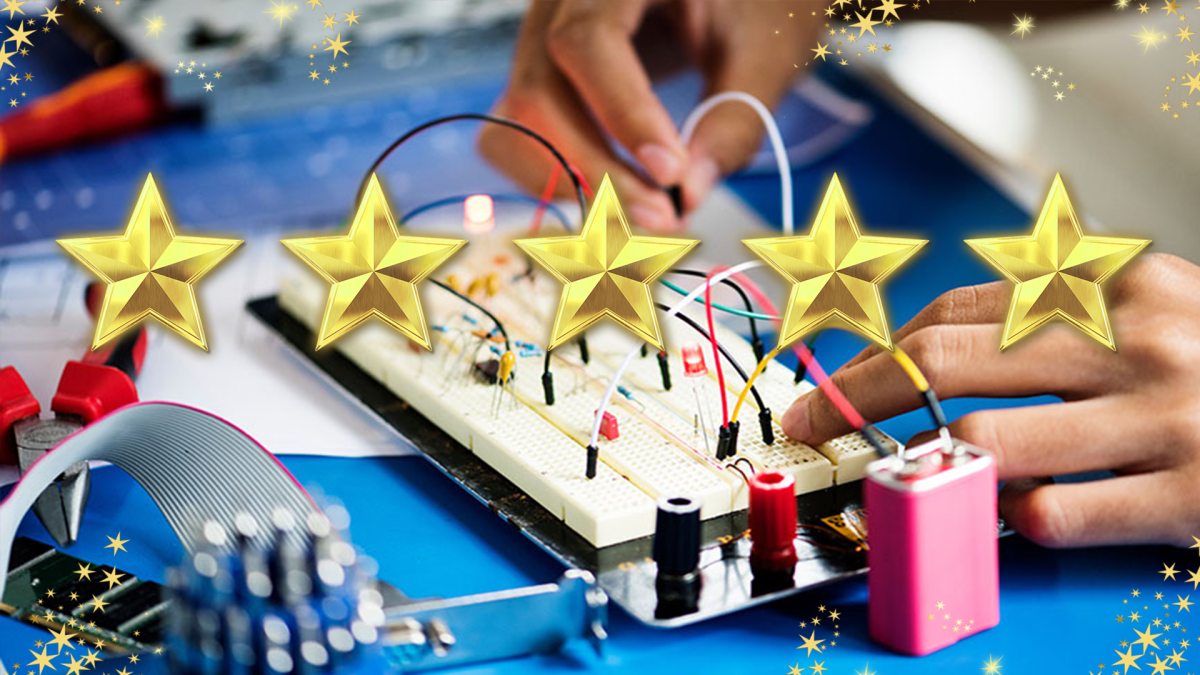Grades:
Kindergarten, 1st Grade, 2nd Grade
Teachers don't talk trash, they talk COMPOST!! Compost is the best way to teach students the value of community as they create a Classroom Compost Program. In this 3-day introductory lesson, students
Grades:
9th Grade, 10th Grade, 11th Grade, 12th Grade
"A Solution to Plastic Pollution" – an engaging and hands-on lesson plan designed to empower students to address one of the most pressing environmental challenges of our time: plastic pollution. In
Grades:
6th Grade, 7th Grade, 8th Grade, 9th Grade, 10th Grade, 11th Grade, 12th Grade
Students will pick an issue that they think exists in the world and propose a solution via a presentation. This will model a TedTalk.
Grades:
2nd Grade
This is a week long review activity to be done outdoors on student devices. Students will complete physical/ outdoor activities and see how math fits into their daily life. This is meant to be done in
Grades:
2nd Grade, 3rd Grade, 4th Grade
Students learn about the gila woodpecker as well as the 5 S's of birdwatching. Students then make observations of birds in their schoolyard, summarize the findings on a graph and slideshow, and design
Grades:
9th Grade, 10th Grade, 11th Grade, 12th Grade
The first rule in the chemistry lab is “don’t eat or drink or lick anything in the lab”! This lesson breaks those rules and shows students how culinary is really a practical application of chemistry
Grades:
5th Grade, 6th Grade
Students use the engineering design process and recycled materials to create a plant float. Can be paired with Fix the Fish lesson if more chemistry and life sciences topics are desired.
Grades:
10th Grade, 11th Grade, 12th Grade
In this engaging and interactive lesson, high school students (grades 10-12) will explore the fascinating world of molecular geometry using the PhET "Molecule Shapes" simulation. The lesson is
Grades:
6th Grade, 7th Grade, 8th Grade, 9th Grade, 10th Grade, 11th Grade, 12th Grade
Students use a GIS story map and hands on investigation to analyze the urban heat island effect in Phoenix.
Grades:
2nd Grade, 3rd Grade
Students will research a biome around the world, including 3 animals, 3 plants, and 3 nonliving parts of the ecosystem. Students will construct a diorama of the biome and illustrate a natural disaster
Grades:
1st Grade
In this first grade set of lessons, students will participate in science, math, experiments, and literature questions. Read Apples by Gail Gibbons and learn about the importance of washing your hands.
Grades:
8th Grade
Students will construct an explanation of how energy can be transferred from one energy store to another, integrating STEM principles through hands-on activities and real-world applications.
Grades:
9th Grade, 10th Grade
This multi-day lesson requires students to collect data on cellular respiration and photosynthesis. This data-intensive exercise involves the use of CO2 sensors and biochambers. The experiments
Grades:
4th Grade, 5th Grade
This lesson is part 2 of a lesson based off of the Artemis Roads II developed by NASA. It moves from the research of the project to the engineering aspect.
Grades:
10th Grade, 11th Grade, 12th Grade
In this lesson, students build a circuit and program the Arduino to simulate different logic gates.
Grades:
9th Grade, 10th Grade, 11th Grade, 12th Grade
This STEM Argumentative Research Project engages students in exploring the scientific, ethical, and societal implications of themes in Mary Shelley's "Frankenstein." Students will work in groups to
Grades:
9th Grade
In this lesson plan students will explore and use a digital graphic design tool to design a creative comic skit about actual keystone species and their importance to their specific environments. This
Grades:
3rd Grade
Students will design and engineer an Arizona-themed board game. Students will go through an engineering design process and researching phase.
Grades:
9th Grade, 10th Grade, 11th Grade, 12th Grade
This is a 6 week lesson plan for high school students designed to measure and then increase the bat population in the field behind our school. This can be used in any area where bats populate, as long
Grades:
9th Grade, 10th Grade, 11th Grade, 12th Grade
This is a high school level project that covers food webs, nutrition cycling, human intervention in ecosystems. This gives students a hands-on, real-world look at a water system in their backyard.
Grades:
9th Grade, 10th Grade, 11th Grade, 12th Grade
This lesson is designed to introduce the concept of composting and its importance for sustainability and waste reduction. This lesson takes place in a classroom and school garden for two or more weeks
Grades:
1st Grade, 2nd Grade
Students plant kidney beans, observe growth, and learn about plant needs and life cycles, fostering curiosity and understanding.
Grades:
6th Grade
Using the website TeachingEngineering as a model along with their worksheets, students will create an oil spill and explore the current methods of cleaning it up. They will engineer a new method of
Grades:
3rd Grade
Continue the exploration of fungi and harvest the grown mushrooms in the classroom, build a model of a chosen mushroom type, taste test and record observations of harvested mushrooms and apply the
Featured Lesson Plans
Check out these notable lesson plans.

Grades:
4th Grade
Explore Coal Mine Canyon's wonders! Watch a documentary, read about geology, draw the canyon, and use tech to learn about geological layers. Fun, interactive learning awaits!

Featured
Makey Makey with The Bionic Kid
Grades:
4th Grade
Imagine how cool it would be to build a video game controller out of bananas! In this engineering design challenge, you will learn how to use everyday items and a Makey Makey kit to design a

Grades:
Kindergarten, 1st Grade, 2nd Grade
This lesson combines ELA (reading and discussing the story), engineering (design a balloon with materials given and attach the balloon to an EdBot), and technology (code an EdBot to run the parade
